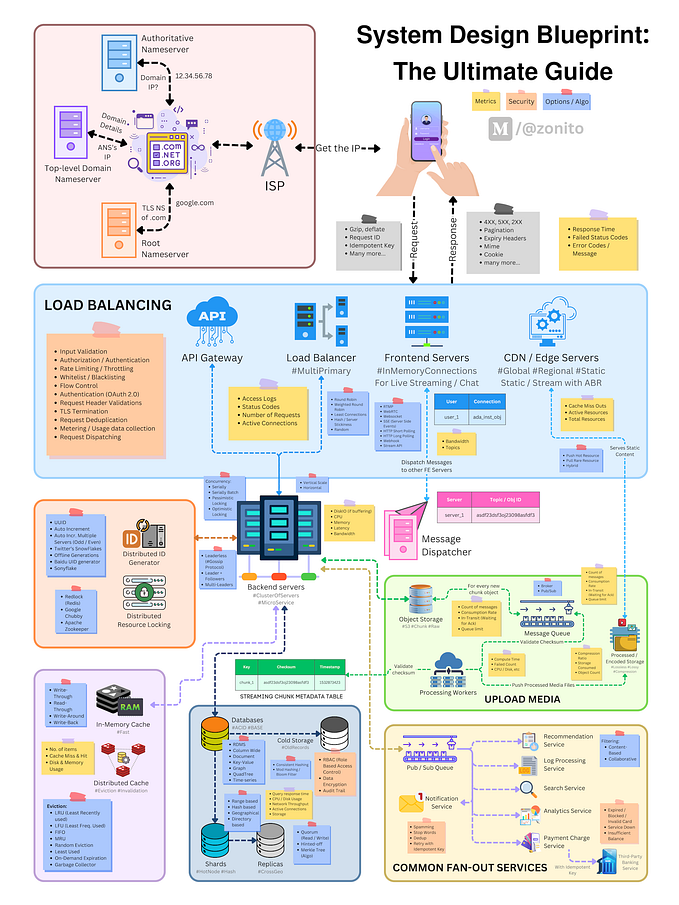How to Succeed with a Solo Software Business Model
Introduction
Today’s software market gives ample opportunities for individuals to create and launch their own software products without needing large teams or huge investments. Succeeding as a solo software developer, however, requires careful planning, strategic thinking, and relentless execution. In this article, we’ll explore key steps you need to follow to effectively run a solo software business.
Choose the Right Niche
One of the essential factors that determine your success in the software market is choosing the right niche. Find a specific problem that you’re passionate about solving and that has a promising market demand. Conduct thorough market research to understand your target audience, their pain points, and the competitive landscape. This will help you build a product that not only excites you but also fulfills a real need.
Develop a MVP (Minimum Viable Product)
Before investing too much time and resources into a full-fledged product, develop a Minimum Viable Product (MVP). The MVP enables you to test your idea with real users and gather feedback that can guide further development. Focus on core features that solve your users’ main problems. Strip away anything non-essential and get your product to market as quickly as possible.
Build a Strong Online Presence
In today’s digital age, having a strong online presence is crucial. Create a professional website that clearly communicates the value of your product. Use social media channels and content marketing to build your brand and engage with your audience. Blogging, video tutorials, and informative content can position you as an authority in your niche. Tools like WordPress, Medium, or LinkedIn can help you reach a broader audience without significant cost.
Leverage the Power of Automation
As a solo developer, your time is your most valuable asset. Automation can help you manage repetitive tasks so you can focus on what matters most: building and improving your product. Use tools for automated testing, deployment, email marketing, and customer support. Efficient use of automation can significantly reduce your workload and boost your productivity.
Monetization Strategy
Monetizing your software can be challenging but choosing the right strategy is crucial for your long-term success. Subscription models, freemium plans, and one-time purchases are common methods to generate revenue. Analyze your market and competitors to understand what monetization strategies are effective for your niche. Don’t be afraid to experiment and iterate to find what works best for your business.
Understand the Importance of Customer Feedback
Your customers are your best source of information when it comes to improving your product. Actively seek feedback and be responsive to user needs and complaints. Implement a system for collecting and managing feedback to ensure you don’t miss important insights. Tools like surveys, feedback widgets, and community forums can facilitate this process.
Continuous Learning and Improvement
The tech industry is constantly evolving, and staying ahead requires continuous learning. Keep updated with the latest trends, technologies, and best practices. Invest time in learning new skills and improving existing ones. Engage with other solo developers and join communities where you can share experiences and knowledge.
Conclusion
Running a successful solo software business is undoubtedly challenging, but it is equally rewarding. By choosing the right niche, developing a MVP, building a strong online presence, leveraging automation, implementing a viable monetization strategy, valuing customer feedback, and dedicating yourself to continuous learning, you can create a sustainable and profitable software business. The journey may be tough, but the rewards make it worth your effort.







